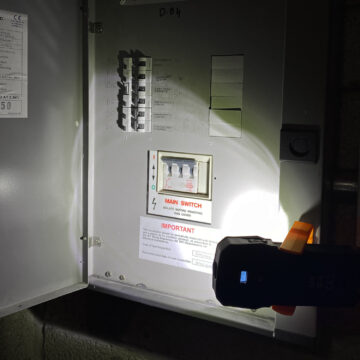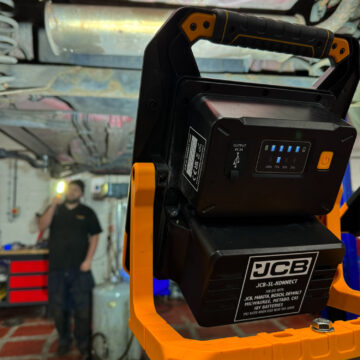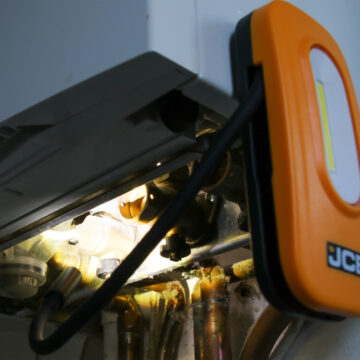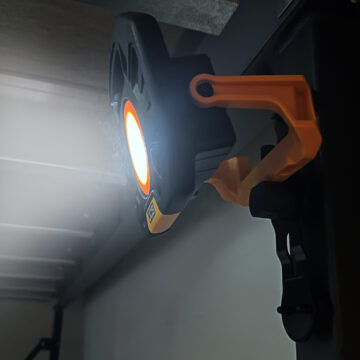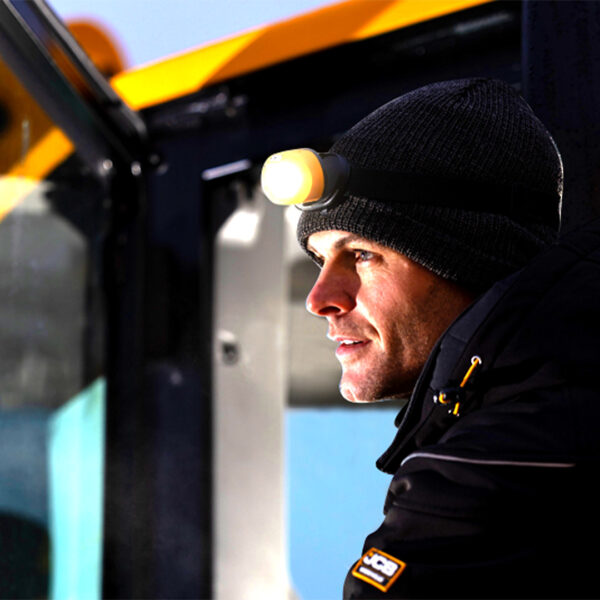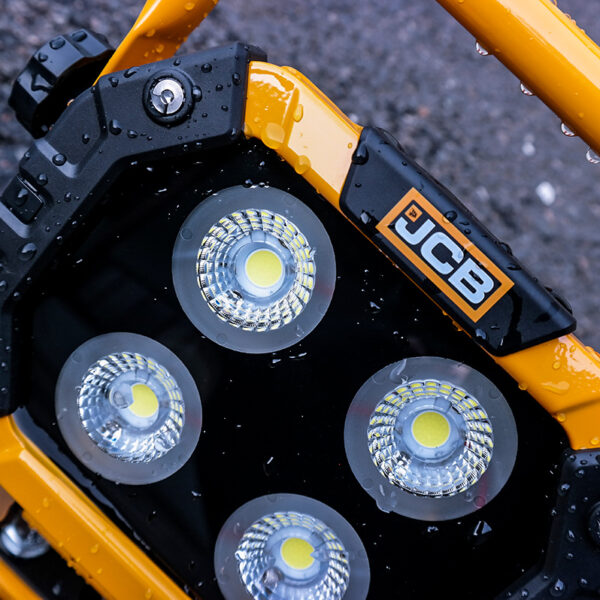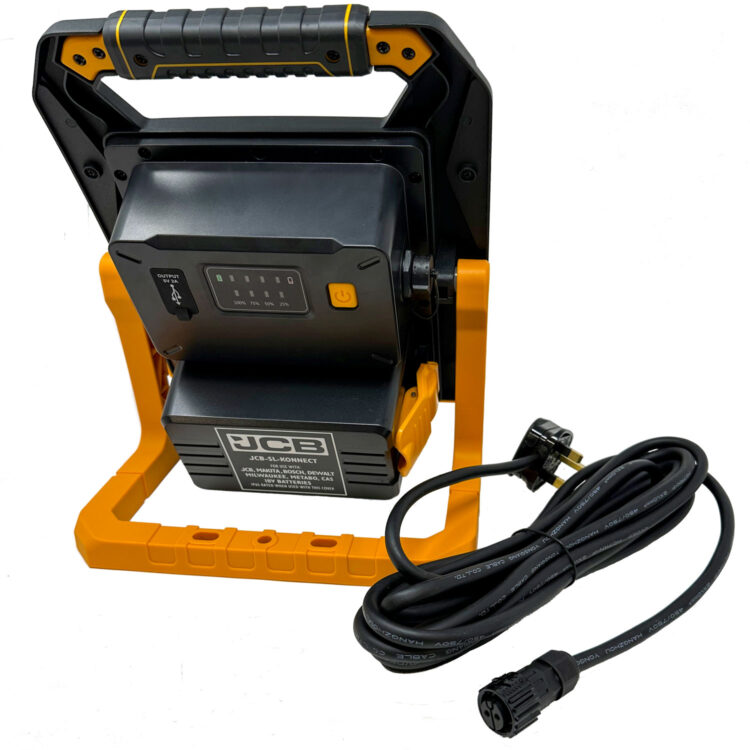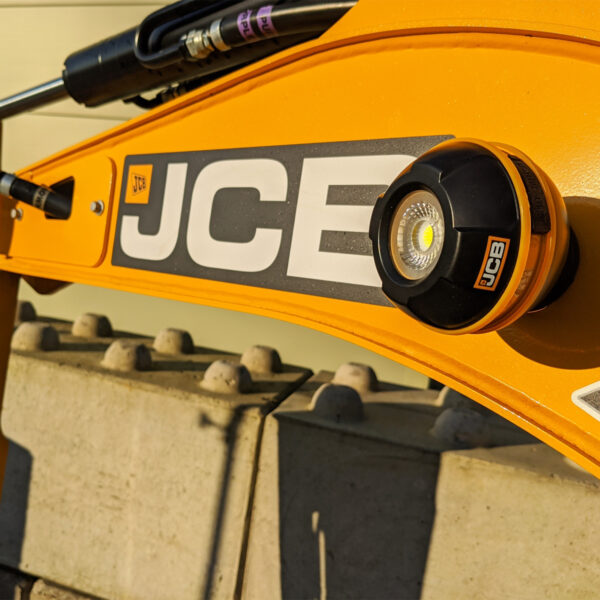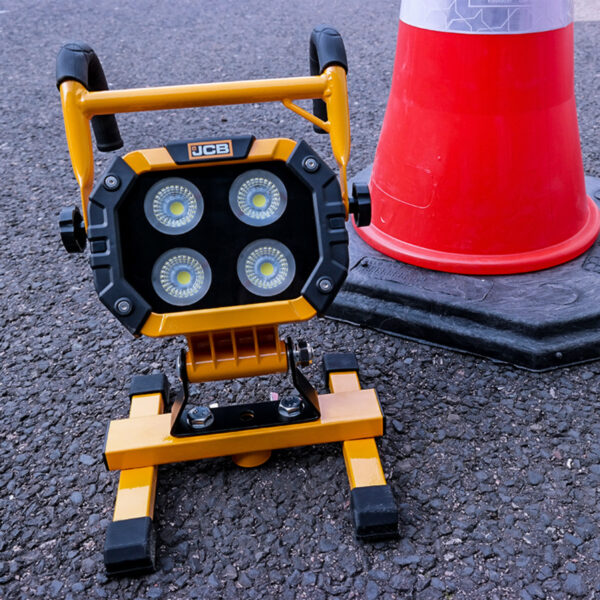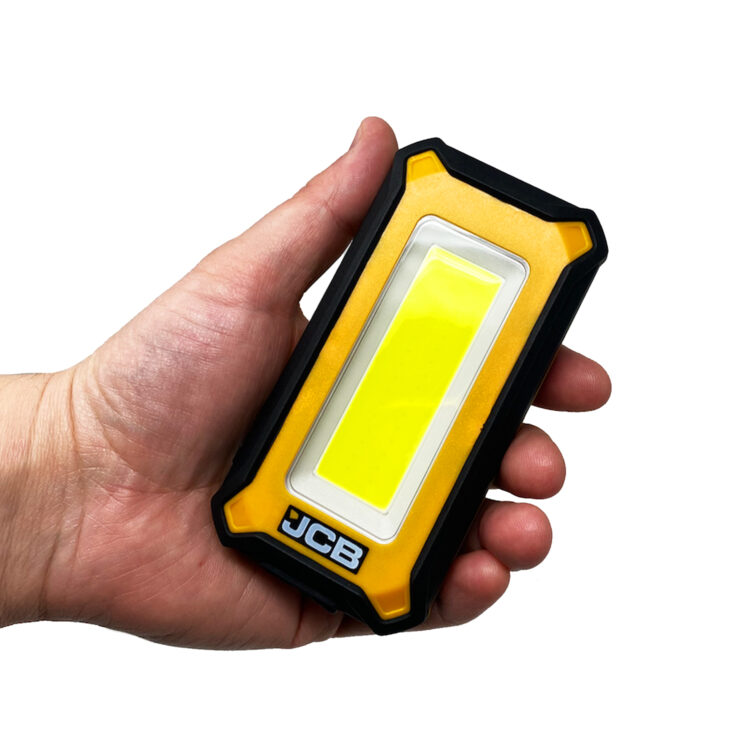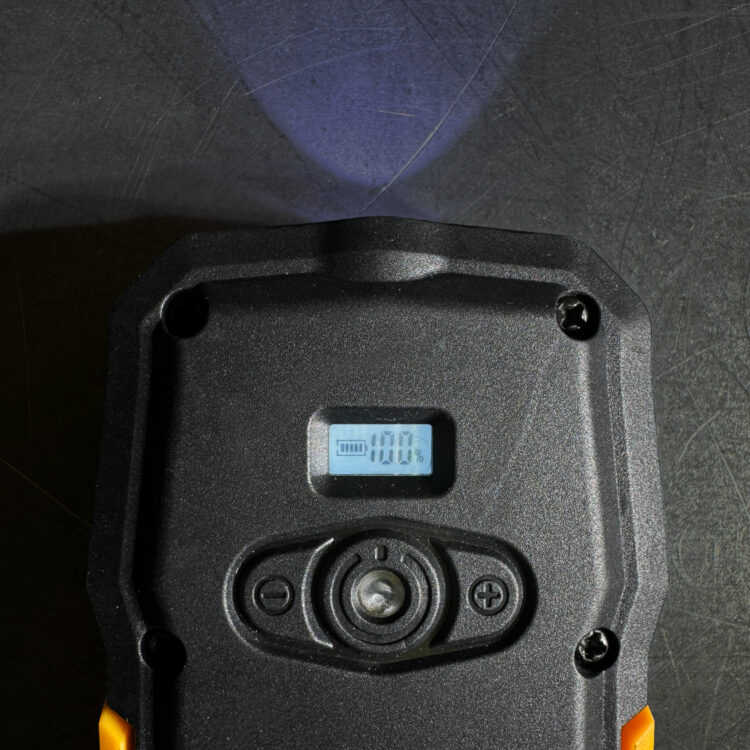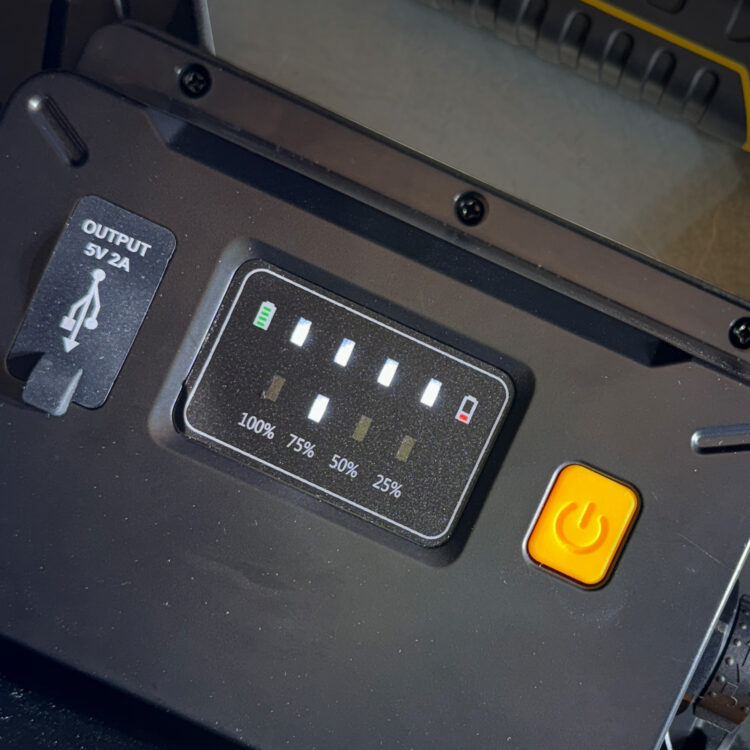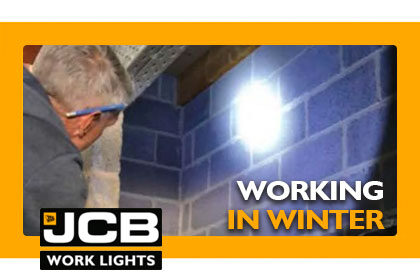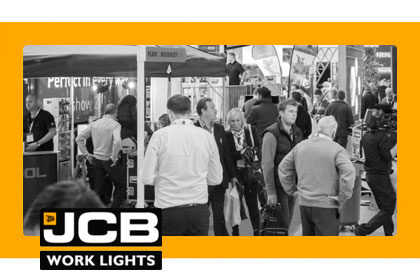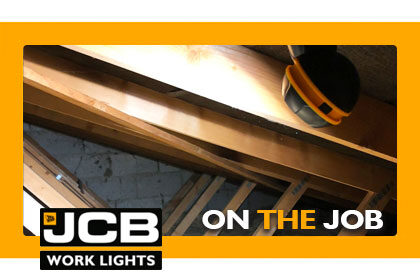Selecting the appropriate lighting for your work environment is crucial for efficiency, safety, and overall job satisfaction. Whether you're a tradesperson working on construction sites or farms, in workshops and boatyards or performing detailed tasks in dimly lit areas, the right light can make a significant difference. Here's our comprehensive guide on the factors to consider when choosing a work light.
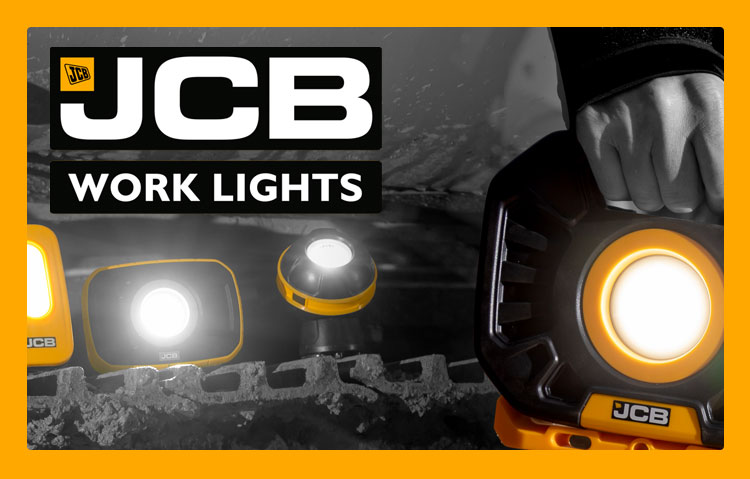
1. Type of Work and Environment
The first step in choosing the right lighting is understanding the specific requirements of your work and the environment where you'll be using it.
- Indoor vs. Outdoor: For outdoor work, ensure the light is weather-resistant and durable enough to withstand elements like rain, dust, and extreme temperatures.
- Detail-Oriented Tasks: If you need to perform precise tasks, such as electrical work or carpentry, opt for a light with a focused beam to highlight small areas effectively.
- General Illumination: For broader work areas, like construction sites, a powerful site light with a wide beam is preferable to illuminate larger spaces.
2. Brightness and Light Output
The brightness of a light is measured in lumens. Here’s a basic guideline:
- Head Torches: Typically range from 100 to 400 lumens. Higher lumens are beneficial for intricate tasks and for seeing long distances.
- Work Lights: Range from 200 to 5,000 lumens. Choose higher lumens for illuminating larger areas.
- Site Lights: Often range from 2,000 to 20,000 lumens or more. These are ideal for extensive job sites requiring broad and powerful illumination.
3. Power Source
Consider how the light is powered:
- Battery-Powered: Offers portability and convenience. Look for lights with rechargeable batteries for cost-efficiency and eco-friendliness. Another consideration if you use 18V power tool batteries, does the light give you the option of using your existing batteries. Ensure the battery life aligns with your work hours.
- Corded: Provides consistent power without the need for recharging. Suitable for prolonged use but may limit mobility due to the need for an electrical outlet.
- Hybrid Options: Some lights offer both corded and battery-powered functionality, providing flexibility.
4. Durability and Build Quality
A work light must be rugged to withstand the tough conditions of a job site:
- Materials: Look for lights made from high-quality, impact-resistant materials. Some lights are also oil and chemical resistant.
- Water and Dust Resistance: Check for IP (Ingress Protection) ratings. An IP65 rating, for example, means the light is dust-tight and can handle water jets from any direction.
- Shock Resistance: Ensure the light can withstand drops and impacts. This is indicated by the IK rating, which ranges from IK00 (no protection) to IK10 (highest level of protection).
5. Portability and Ease of Use
Consider how easy it is to transport and set up the light:
- Weight and Size: A lightweight and compact design is beneficial for portability, especially for head torches and smaller work lights.
- Mounting Options: Look for versatile mounting options such as hooks, magnets, belt clips, tripods, or clamps to suit various job requirements.
- Adjustability: Features like swivel heads or adjustable brightness levels enhance usability and functionality.
6. Battery Life and Charging Time
For battery-powered options, battery life and charging time are critical:
- Battery Life: Ensure the battery can last through your entire workday. Some models offer replaceable batteries to extend usage time.
- Charging Time: Fast-charging capabilities can be a significant advantage, reducing downtime between uses.
7. Light Temperature and Colour Rendering
The colour temperature, measured in Kelvin (K), affects visibility and comfort:
- Cool White (5000K-6500K): Provides bright, clear light, ideal for most work environments
- Warm White (2700K-3000K): Less harsh, suitable for prolonged use in confined spaces
- Colour Rendering Index (CRI): A higher CRI (close to 100) means the light renders colours more accurately, which can be crucial for tasks requiring colour differentiation
8. Additional Features
Modern work lights often come with extra features that can be very useful:
- Dimming Options: Allows you to adjust the brightness according to the task at hand
- Beam Focus: Some lights offer adjustable beams to switch between a wide floodlight and a focused spotlight
- Safety Features: Overheat protection, low battery warnings, and emergency SOS modes can enhance safety on the job
9. Cost and Warranty
While it's tempting to go for the cheapest option, investing in a high-quality light can save you money in the long run through durability and efficiency:
- Budget: Set a realistic budget considering the features you need
- Warranty: A longer warranty period is indicative of the manufacturer's confidence in their product's durability
Conclusion
Choosing the right work light involves considering various factors such as the work environment, brightness, power source, durability, and additional features. By understanding your specific needs and evaluating the available options based on these criteria, you can select a light that enhances your productivity, safety, and comfort on the job. Remember, the right lighting is not just a tool, but a vital component of your workday productivity, efficiency and well-being. The team at JCB Work Lights can help you choose the right work light. Visit www.jcbworklights.com to see the range or call us on 0800 292 2188.


